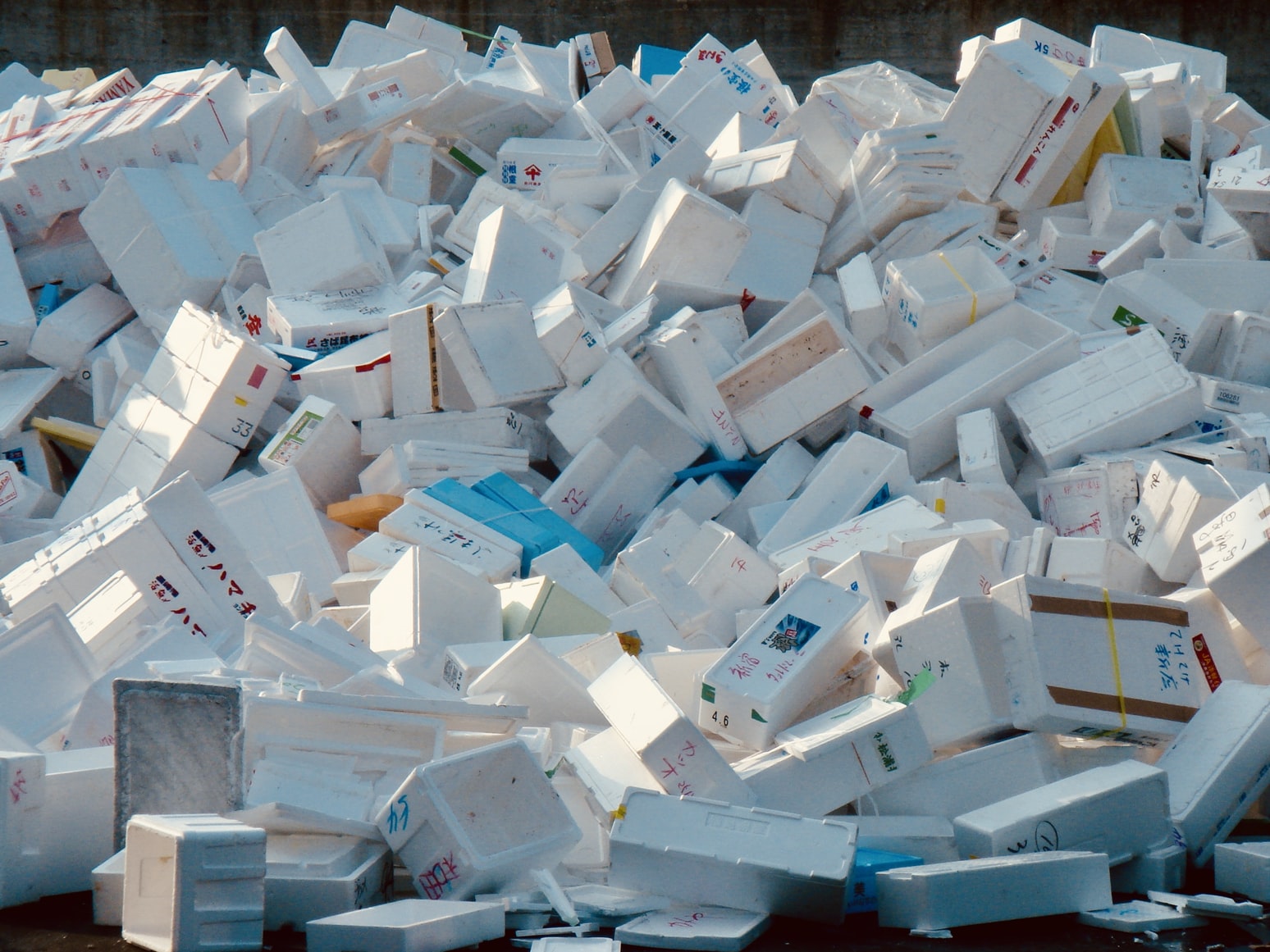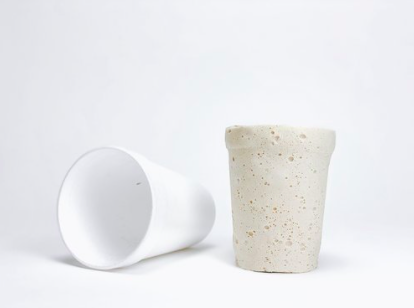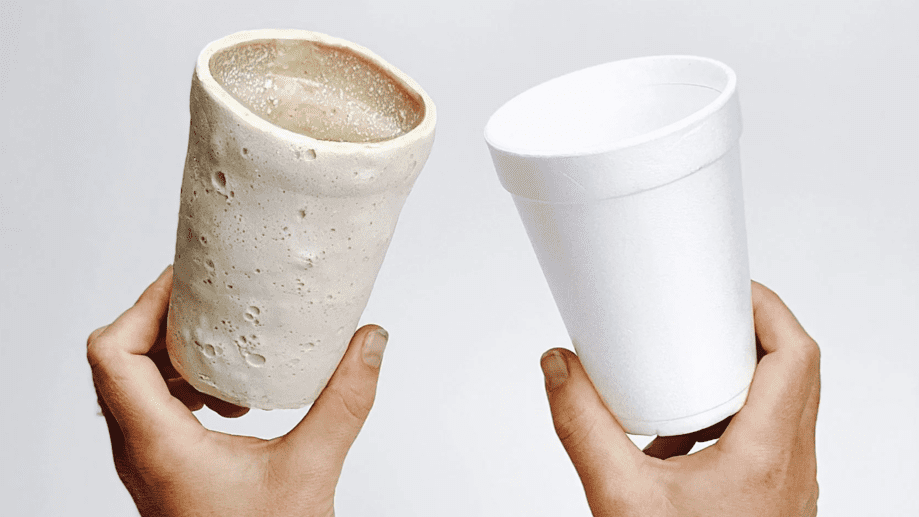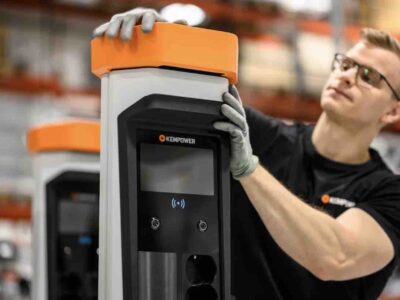The discourse around sustainability could be described as a struggle between what is right and what is easy. Even during the earliest period of environmentalism, marked by the various landmark reports on the effects of emissions, a perfectly acceptable stance to take at the time was, “Well yeah, it’s terrible, but there’s nothing that we can do about it — we need the energy.”
For the decades since, this viewpoint was the tried-and-true platform for a variety of industry voices. High-pollutant fossil fuels received the most scrutiny while a host of other sectors escaped criticism given differences in scope. One example was the container business, particularly plastics and Styrofoam.
The energy provided by oil and gas has helped the world’s technological progress over the last century. While Styrofoam has helped maintain an efficient global supply chain of goods, was it that crucial for human progression in the way energy is? Justifying its use feels more of a benefit in terms of convenience rather than a legitimate necessity.

Thanks to the American design studio Doppelganger, Styrofoam’s dominance over packaging materials and coffee cups may be nearing an end. Founded by Pratt Institute graduates Mary Lempres and Charlotte Bohning, Doppelganger has developed a new packaging material called Chitofoam, a moldable and versatile substitute.
Unlike Styrofoam, Chitofoam comes from chitin, a biopolymer in the exoskeleton of mealworms and lobsters. The best part is that it’s 100% biodegradable.
In a world where Styrofoam fills up as much as 30% of all landfills, which never breaks down, Chitofoam’s two-week degradation timeline is a massive benefit to the environment and businesses looking to avoid the extra costs associated with excessive waste dumping.
Lempres and Bohning cite their experiences with design classes and the excess Styrofoam that came with them as the inspiration for the idea. Mealworms had been known to safely consume the material in their diets, giving the duo an idea for mitigating their waste buildup as they completed their assignments.
“It started off quite simply as a tank with 1,000 mealworms in which we put our waste foam, a material that is unfortunately abundant in design school,” says Bohning of the initial experiment. They then realized that as the worms reached the end of their lifespan, the chitin-rich exoskeletons could then be extracted through a biodigester as powder. Once enough was collected and use testing began to build up steam, Chitofoam was born.

Chitofoam was one of six projects shortlisted for this year’s Lexus Design Award. The duo has been looking at ways to create more efficient structured designs for the packaging.
It is somewhat fitting thematically: for the idea of Chitofoam to come to be, Styrofoam needed to exist in the first place. One eternally wasteful predecessor has given way to creating a fresh, fully sustainable generation of packing materials, almost like a phoenix rising from the ashes.





